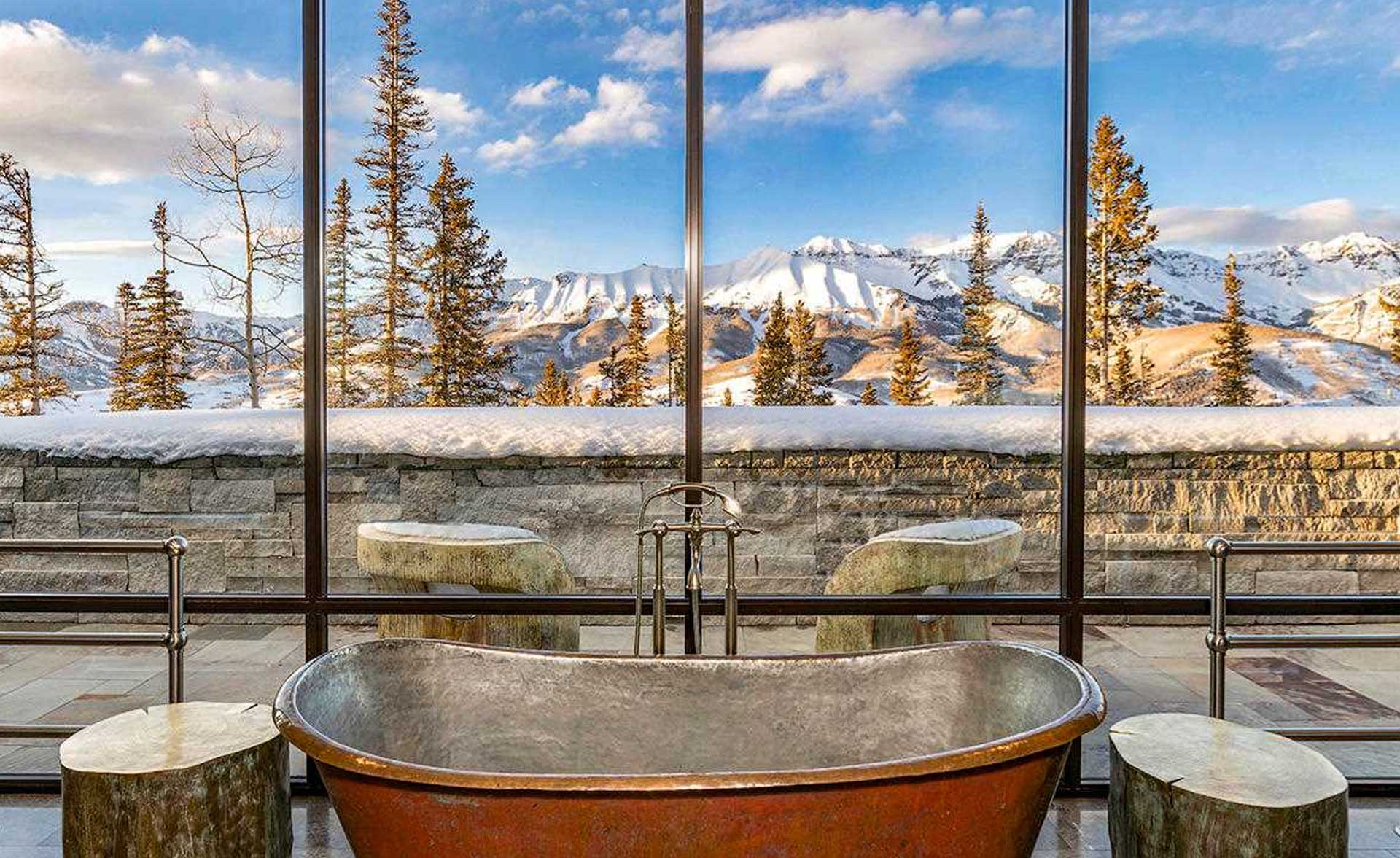What Makes a View Good?
If done right, fenestration frames a view: people inside look out through openings specifically designed and arranged to delight the senses with a perfect reveal of the outdoors.
What are the elements in a view that trigger an emotive response in the heart of the viewer? As architects seek to create sensory experiences for homeowners through fenestration, what are the most basic components that they are working with?
It usually comes back to four primary ingredients:
- Nature. As human beings, we respond most strongly to views of the natural world. We are programmed to understand and emotively react to nature. Human-made elements like art and sculptures just don’t cut it—they are far more subjective and less understood. When we look outside, our hearts and eyes long for an immersive experience of our natural environment.
- Layers. A good view inevitably displays some complexity and contrast, which is typically communicated through the three horizontal layers of ground, landscape, and sky. The layers impart a sense of the materiality of nature, both fleeting and permanent. For many, it calls forth a visceral response that is deeply spiritual, like a glimpse of the infinite.
- Distance. When a view includes certain elements that are farther away, it has the power to suggest feelings of space, escape, freedom, and refuge from busy lives in urban settings. The sense of depth allows the viewer to be immersed in the surroundings, creating a childlike awareness of possibilities and adventure.
- Movement. Dynamic landscapes stimulate and renew our appreciation of the view, whether it is a flowing river, ocean waves, trees moving in the wind, clouds gathering and clearing around mountains. Some movement refreshes, while too much can be distracting or unsettling. Designing the fenestration to offer panoramic or cropped views to suit the client’s particular preferences of more or less enables the architect to deliver an individually tailored experience.
Fenestration also brings in the precious physical ingredients of natural light and ventilation, both of which can be used to boost sustainability, health, and lower energy consumption.
Architects design to create client experience. Forms, massing, sightlines, and orientation are all key ingredients, in addition to light, shadow, texture and color. Perfectly framed views are equally transformational in creating that all-important visual and emotional connection to the outdoors.






